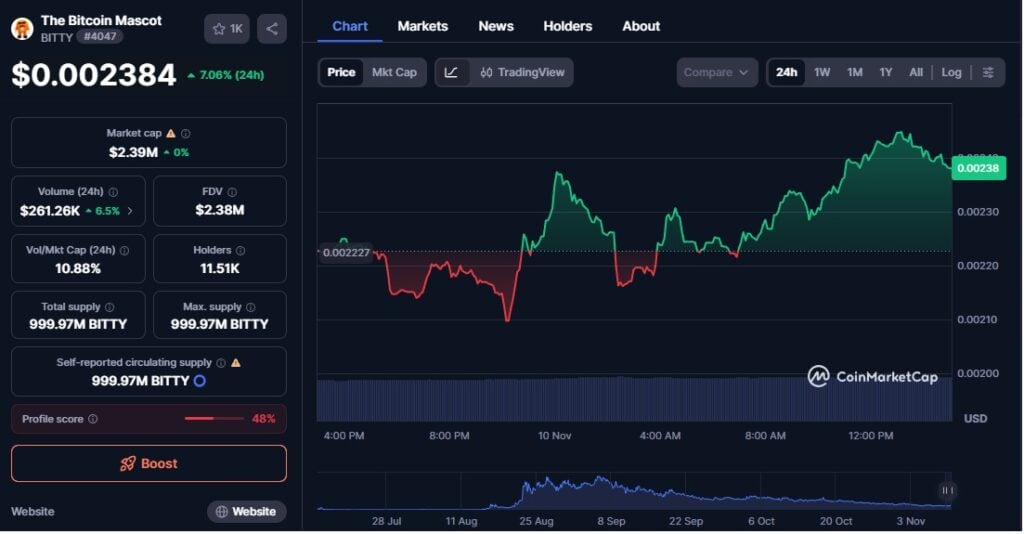US Dollar rally has been capped at the 153.30 area earlier on Monday, the same area as in early October, and the pair trimmed gains to reach intra-day lows at 152.60 as Japan’s Finance Minister Satsuki Katayama spoke to the press, following a meeting with US Treasury Secretary Scott Bessent.
Katayama confirmed close communication with US Secretary Bessent and said that monetary policy issues were not addressed, while he affirmed that, according to Bessent, Takaichi’s policy has sent a positive message to the markets.
Yen picks up as fears about Japan’s public finances ease
These comments have calmed markets somewhat, providing some support to an ailing Ye, which has depreciated about 2% since Prime Minister Sanae Takaichi took charge, amid investors’ concerns that their loose fiscal policy will add pressure to the already strained public finances.
The focus this week will shift to the monetary policy decisions by the Fed and the BoJ, due later this week. The US central bank is widely expected to cut rates by 25 basis points, bringing the Federal Funds rate to a range of 3.75% to 4%, as soft inflationary trends seen on Friday give the bank some leeway to lower borrowing costs, aiming to support a deteriorating labour market.
The Bank of Japan, on the other side, is likely to keep interest rates unchanged at a 0.5% rate and hint at a 25 basis points rate hike, probably in December. Failure to keep hopes of an upcoming rate hike alive is likely to disappoint investor and might send the Yen on a tailspin.
Central banks FAQs
Central Banks have a key mandate which is making sure that there is price stability in a country or region. Economies are constantly facing inflation or deflation when prices for certain goods and services are fluctuating. Constant rising prices for the same goods means inflation, constant lowered prices for the same goods means deflation. It is the task of the central bank to keep the demand in line by tweaking its policy rate. For the biggest central banks like the US Federal Reserve (Fed), the European Central Bank (ECB) or the Bank of England (BoE), the mandate is to keep inflation close to 2%.
A central bank has one important tool at its disposal to get inflation higher or lower, and that is by tweaking its benchmark policy rate, commonly known as interest rate. On pre-communicated moments, the central bank will issue a statement with its policy rate and provide additional reasoning on why it is either remaining or changing (cutting or hiking) it. Local banks will adjust their savings and lending rates accordingly, which in turn will make it either harder or easier for people to earn on their savings or for companies to take out loans and make investments in their businesses. When the central bank hikes interest rates substantially, this is called monetary tightening. When it is cutting its benchmark rate, it is called monetary easing.
A central bank is often politically independent. Members of the central bank policy board are passing through a series of panels and hearings before being appointed to a policy board seat. Each member in that board often has a certain conviction on how the central bank should control inflation and the subsequent monetary policy. Members that want a very loose monetary policy, with low rates and cheap lending, to boost the economy substantially while being content to see inflation slightly above 2%, are called ‘doves’. Members that rather want to see higher rates to reward savings and want to keep a lit on inflation at all time are called ‘hawks’ and will not rest until inflation is at or just below 2%.
Normally, there is a chairman or president who leads each meeting, needs to create a consensus between the hawks or doves and has his or her final say when it would come down to a vote split to avoid a 50-50 tie on whether the current policy should be adjusted. The chairman will deliver speeches which often can be followed live, where the current monetary stance and outlook is being communicated. A central bank will try to push forward its monetary policy without triggering violent swings in rates, equities, or its currency. All members of the central bank will channel their stance toward the markets in advance of a policy meeting event. A few days before a policy meeting takes place until the new policy has been communicated, members are forbidden to talk publicly. This is called the blackout period.
Source: https://www.fxstreet.com/news/usd-jpy-drifts-lower-nearing-15250-as-fin-min-katayama-speaks-202510271153


